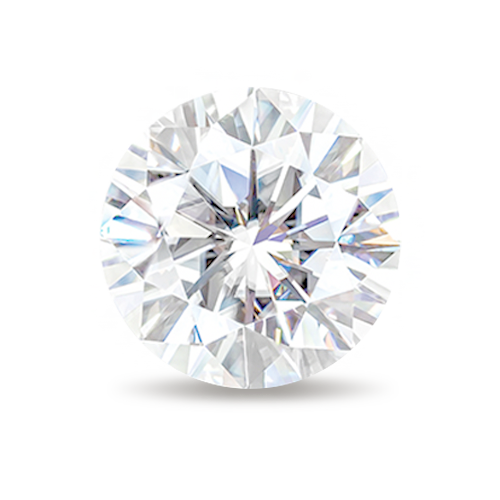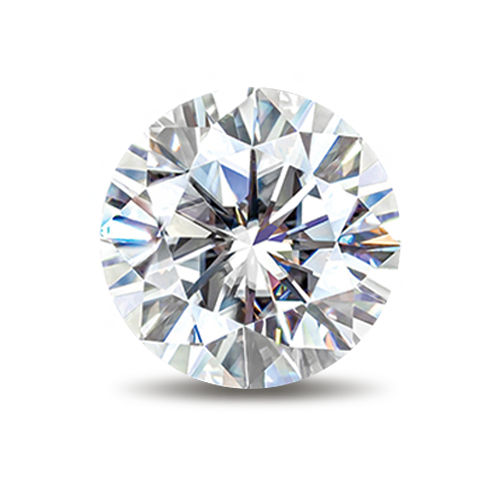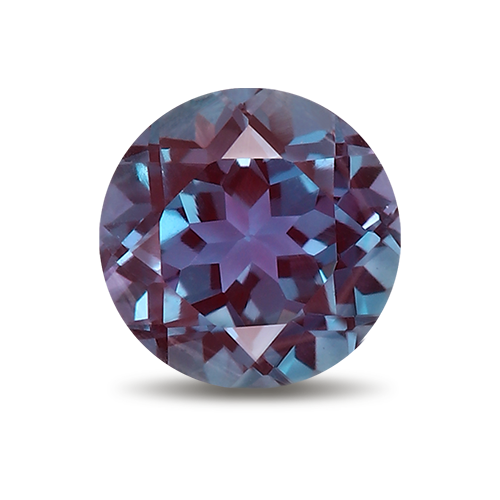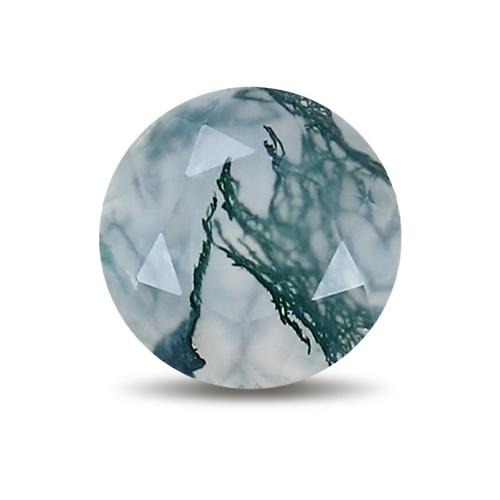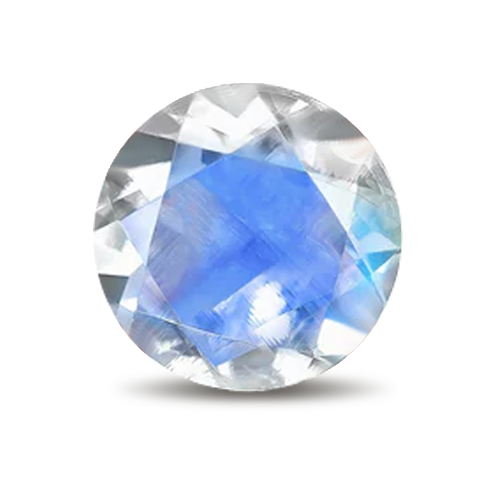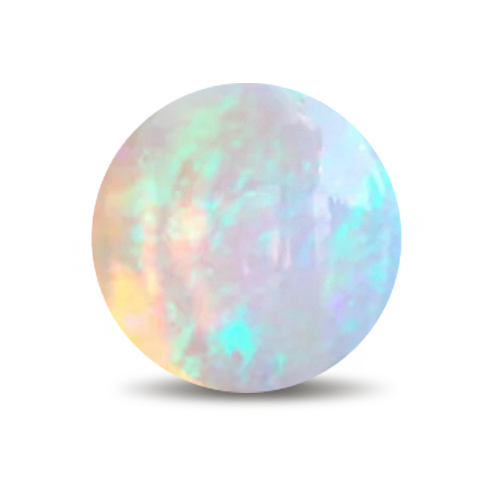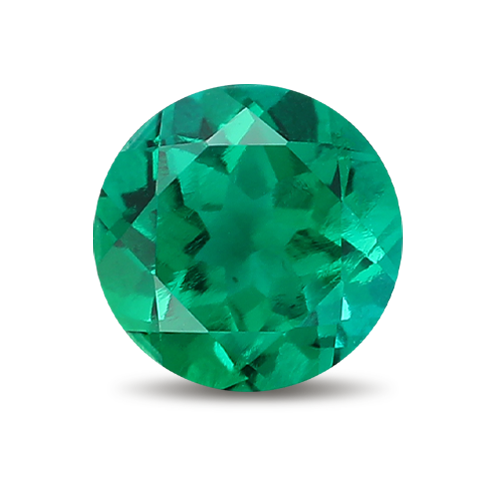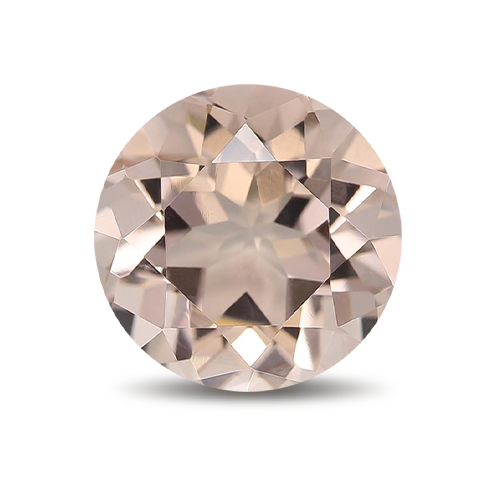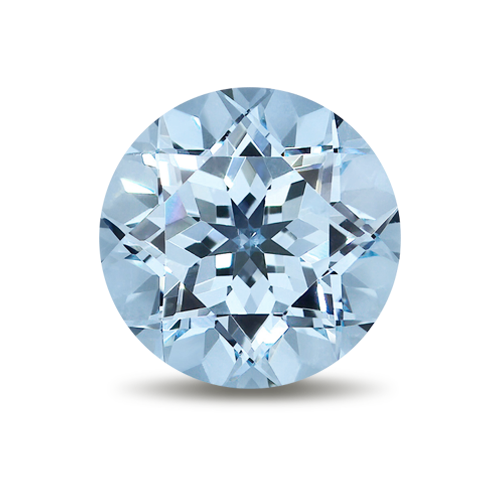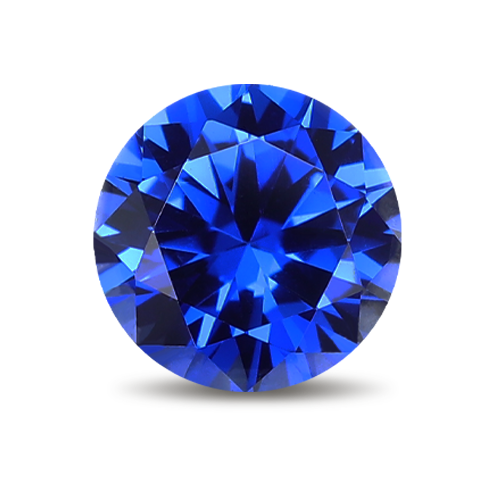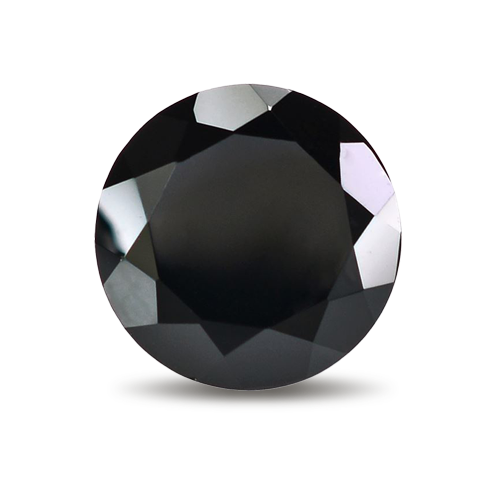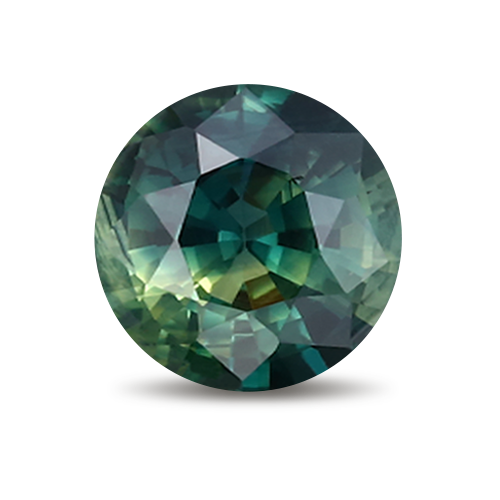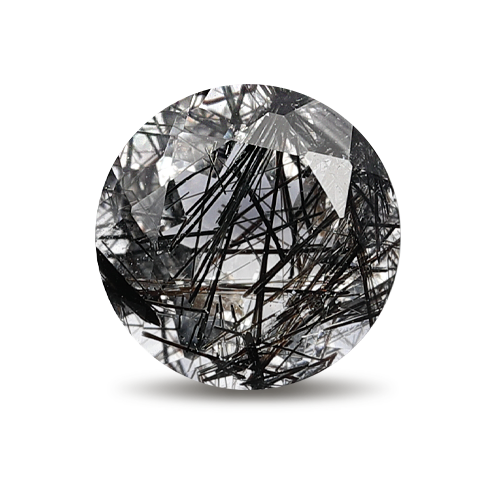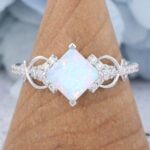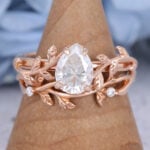Is Lab Grown Sapphire Real Sapphire or Just Imitation?
Choosing a sapphire used to be simple—until lab grown sapphire options entered the spotlight. Today, shoppers are faced with a dilemma: can a gemstone created above ground truly match the legacy and allure of one formed deep within the Earth? Whether you’re selecting a piece for a milestone gift or a meaningful engagement ring, understanding what makes a sapphire ‘real’ is more important than ever.
What is a lab created sapphire?
Lab created sapphire—also known as lab grown sapphire, synthetic sapphire, artificial sapphire, or simply man-made sapphire—is produced by replicating the formation process of natural sapphire under strictly controlled laboratory conditions. Using advanced techniques, these sapphires share the same chemical composition, crystal structure, and brilliance as their natural counterparts. Thanks to their eco-friendly, cost-effective, and high-quality characteristics, lab grown sapphires have become a popular choice in modern jewelry design, widely used in lab created sapphire rings, bracelets, necklaces, and earrings.
Is Lab Grown Sapphire Real or Just an Imitation?
Although not produced underground like natural sapphires, lab created sapphires are real sapphires, not imitations or artificial glass. Its composition, structure and physical properties are no different from natural sapphires. The “sapphire imitations” on the market are usually glass, cubic zirconia, blue spinel, etc., which may look like sapphires, but they are completely different substances.

What are sapphires made of?
Sapphire is a type of corundum. The main component of all types of sapphire is aluminum oxide, but there are differences in trace elements in sapphires of different colors. The blue color of blue sapphire mainly comes from trace amounts of iron and titanium. The interaction of these two elements causes the absorption and scattering of light, presenting a charming blue color. Pink sapphire contains a small amount of chromium, while the colors of yellow, green and purple sapphires are formed by different combinations of various trace elements such as iron, chromium, and titanium.
How are lab sapphires formed?
Verneuil Method (Flame Fusion)
This is the earliest and most commonly used method for growing lab sapphires. High-purity aluminum oxide powder is melted and dropped onto a seed crystal, where it cools and crystallizes. It is cost-effective and suitable for mass production.
Czochralski Method (Pulling Method)
A seed crystal is dipped into molten aluminum oxide and slowly pulled upward while rotating. This allows the sapphire crystal to grow layer by layer. It produces high-clarity crystals, often used in optics and technology.
Flux Method
Aluminum oxide is mixed with a fluxing agent and heated. As the solution cools slowly, sapphire crystals gradually form. Though time-consuming and costly, this method yields high-quality stones that closely resemble natural sapphires.
Hydrothermal Method
This technique mimics natural geological conditions using high temperature and pressure in a water-based solution. Sapphire crystals grow slowly over time, resulting in stones that are visually and structurally similar to natural ones, ideal for premium jewelry.
Lab Grown Sapphire vs Natural Real Sapphire: What's the Difference?
Lab created sapphire vs natural sapphire mainly differs in origin, rarity, and cost, but they share the same physical appearance, hardness, and durability. Both are made of the same material, and their brilliance and clarity can be nearly identical. Lab sapphires are grown under controlled conditions, often resulting in fewer flaws and more vivid color, while natural sapphires are valued for their uniqueness and geological origin. Visually, they are hard to tell apart, making lab created sapphires a practical and ethical choice.
Is Lab Grown Sapphire a Smart Investment?
Although lab grown sapphire is almost the same as natural sapphire in composition, appearance and durability, it’s less likely to maintain and appreciate in market value because they can be produced in large quantities and stably, and do not have the scarcity of natural gemstones. The prices of most lab gemstones are also not as good as those of natural gemstones in the resale market.
Consumer Myths & Misconceptions
Many consumers mistakenly believe that lab grown sapphires are fake or low-quality substitutes, but this is far from the truth. One common myth is that lab created sapphires are simply glass or imitations, when in fact, they are chemically and physically identical to natural sapphires. Another misconception is that lab sapphires lack value—while they may not appreciate like natural stones, they offer exceptional quality, durability, and beauty at a lower cost. Understanding these differences helps buyers make more informed, confident jewelry choices.

Real Sapphires vs Fake Sapphires, How to Identify?
- Color and Luster
Real sapphires have full, natural colors and deep luster, not too bright or even. Imitations (such as glass) often appear dull in color and lack the depth of natural gemstones.
- Inclusions
Natural sapphires often contain some tiny inclusions, such as needle-shaped minerals or color bands, which are traces of their natural formation. Be especially wary of completely flawless and cheap “sapphires”, which may be synthetic or counterfeit.
- Hardness
Sapphires are second only to diamonds in hardness, and the surface cannot be scratched by steel knives or glass. Imitations such as glass are easily scratched. However, this test should be performed with caution and is recommended to be performed by professionals.
Conclusion
In conclusion, lab grown sapphire is real sapphire and its quality and physical properties are the same as natural sapphire. Choosing lab grown sapphire jewelry is a wise choice. Browse Amanda’s lab grown sapphire ring collection now!
FAQs About Lab Grown Sapphire
What color is sapphire? What does sapphire mean?
Sapphire is most commonly known for its deep blue color, but it also comes in pink, yellow, green, and more. Sapphire meaning often symbolizes wisdom, truth, and spiritual protection.
Are there lab grown sapphires? Is a lab created sapphire real?
Yes, lab grown sapphires exist and are real sapphires with the same chemical and physical properties as natural ones. They’re simply created in a controlled environment rather than formed underground.
How are lab sapphires made?
Lab created sapphires are created through advanced methods like the Verneuil process, Czochralski method, flux growth, or hydrothermal technique, each simulating natural sapphire formation under lab conditions.
Are lab grown sapphires worth anything? Are sapphires expensive?
Lab grown sapphires are valuable for their beauty, durability, and ethical sourcing, though typically more affordable than natural sapphires. Natural sapphires, especially rare colors or high clarity stones, can be quite expensive.
How to tell if a sapphire is real?
To identify a real sapphire, look for natural inclusions under magnification, test its hardness, and check for color zoning. A professional gem lab test is the most reliable method.

